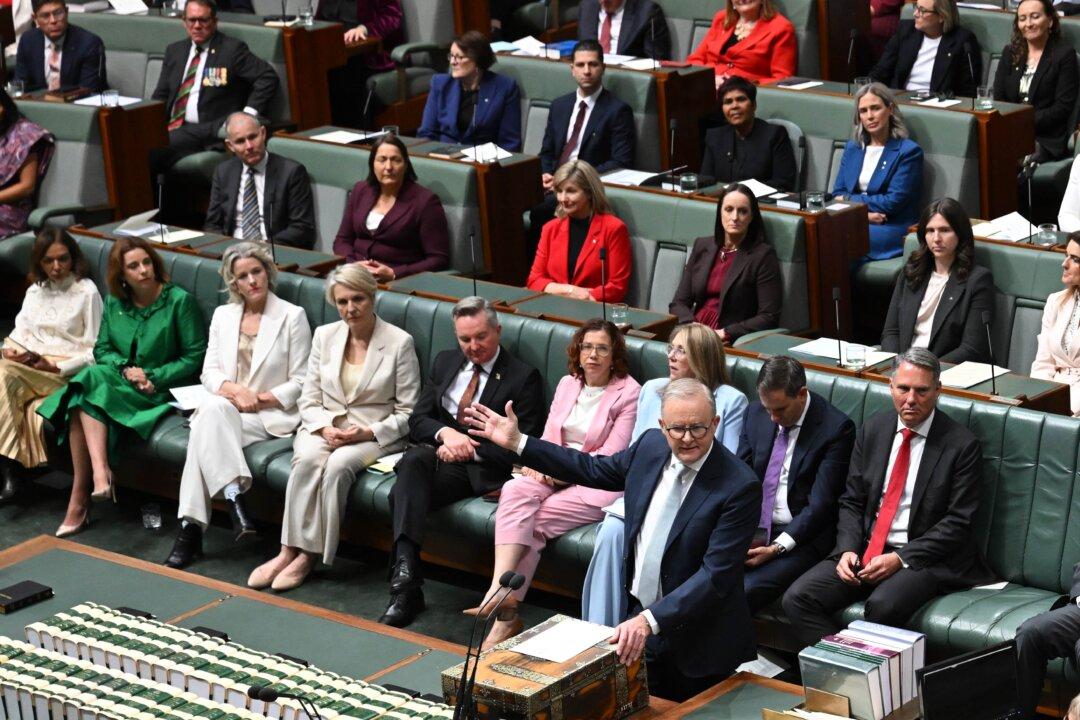Consumer sentiment in Australia declined for the second consecutive month in January, with the Westpac Consumer Sentiment Index falling by 0.7 percent to 92.1 points. An index value below 100 indicates pessimism.
While sentiment remains on the pessimistic side, it is notably less negative than the same time last year.





